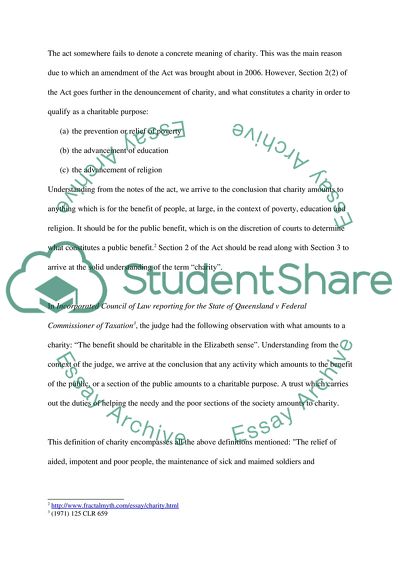Cite this document
(Charities Act and the Public Benefits Test Coursework, n.d.)
Charities Act and the Public Benefits Test Coursework. https://studentshare.org/sociology/1747972-the-reform-of-charity-law-in-recent-years-was-purely-motivated-by-political-considerations-and-fails-to-address-the-legal-problems-with-public-benefit-tests-discuss
Charities Act and the Public Benefits Test Coursework. https://studentshare.org/sociology/1747972-the-reform-of-charity-law-in-recent-years-was-purely-motivated-by-political-considerations-and-fails-to-address-the-legal-problems-with-public-benefit-tests-discuss
(Charities Act and the Public Benefits Test Coursework)
Charities Act and the Public Benefits Test Coursework. https://studentshare.org/sociology/1747972-the-reform-of-charity-law-in-recent-years-was-purely-motivated-by-political-considerations-and-fails-to-address-the-legal-problems-with-public-benefit-tests-discuss.
Charities Act and the Public Benefits Test Coursework. https://studentshare.org/sociology/1747972-the-reform-of-charity-law-in-recent-years-was-purely-motivated-by-political-considerations-and-fails-to-address-the-legal-problems-with-public-benefit-tests-discuss.
“Charities Act and the Public Benefits Test Coursework”. https://studentshare.org/sociology/1747972-the-reform-of-charity-law-in-recent-years-was-purely-motivated-by-political-considerations-and-fails-to-address-the-legal-problems-with-public-benefit-tests-discuss.


